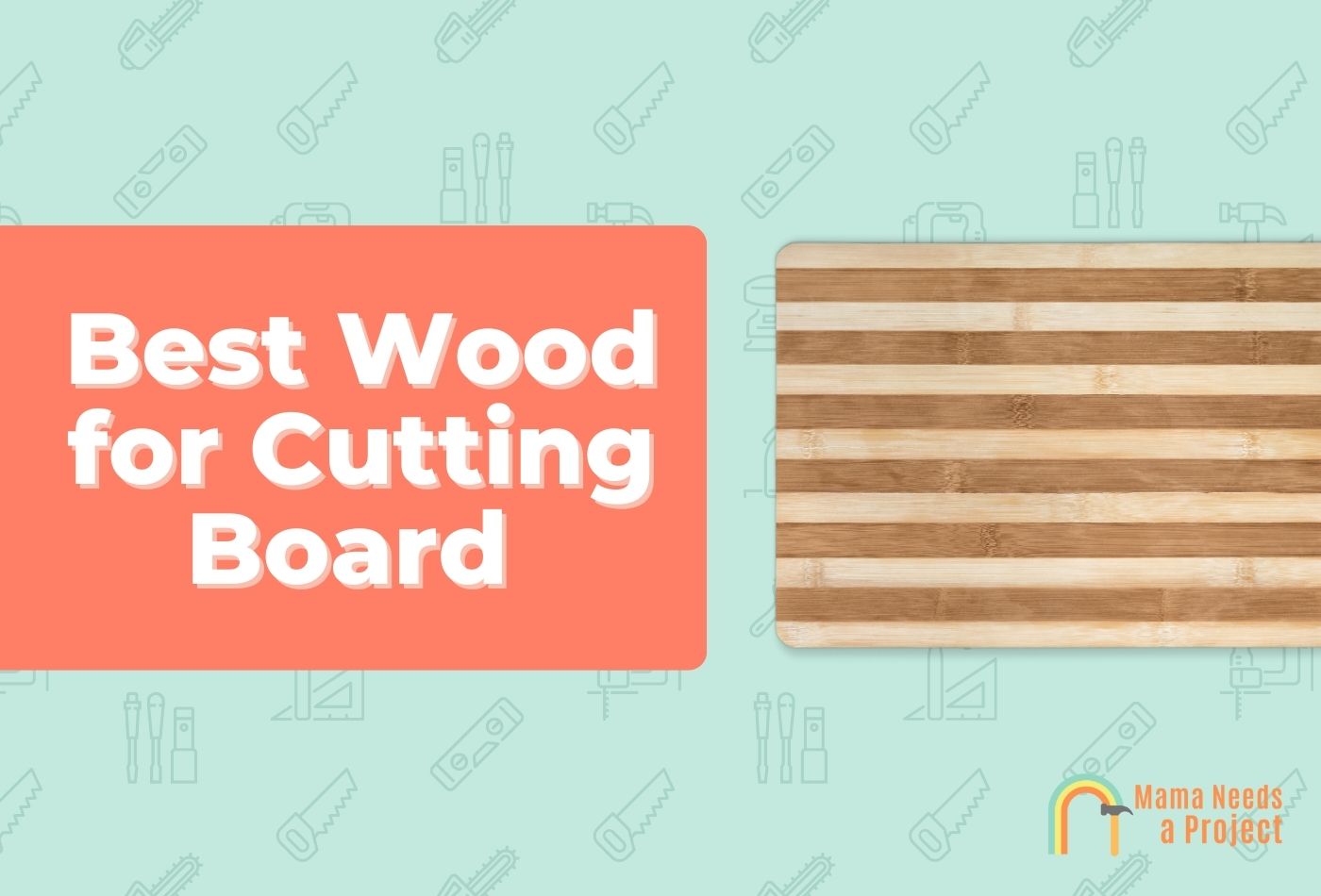7 Best Woods for Cutting Boards (& Which to Avoid!)
Here you are, looking for a gorgeous wooden cutting board for your kitchen. You know you want something artful that coordinates well with your kitchen design, while also being a functional piece of cooking equipment (being the master chef you are!).
Once you’ve decided against a plastic cutting board, you’re probably wondering now what the best wood for cutting board is.
There are so many options on the market, it’s frankly exhausting. Handcrafted mahogany? Black walnut? Eco-friendly bamboo?
I’m here to suss out the best woods for cutting boards to help you decide. I’ve selected these woods based on a good balance of durability, sanitary qualities, and visual appeal.
In the end, what you choose will be based on your design preferences, priorities, and budget. So let’s get started!
- The best woods for cutting boards include maple, teak, walnut, cherry, beech, ash, and bamboo.
- Wood cutting boards should be made from close-grained hardwoods that are resilient to moisture, wear-and-tear, and bacterial growth.
- Softwoods or woods with leachable toxins should not be used for cutting boards.
Best Woods for Cutting Boards
1. Maple
I’m kicking off this list of the best wood for cutting board with maple wood, a tried-and-true hero for woodworkers and cutting board DIY’ers everywhere.
Maple is a really popular material for making high-end cutting boards in light creamy-brown colors, especially in North America.
There are many reasons for that, especially that maple is an accessible, abundant material, and it makes for a hard work surface.
This is where I introduce to you the Janka Hardness Scale. This scale is a useful measure of a wood’s level of resistance to denting and wear.
I won’t get too technical here, but the scale goes from about 660 to 2400. The former number indicates the softest of the woods on the scale, and the latter indicates the hardest woods on the scale.
For our purposes, we want to see a mid-to-higher range Janka rating, as hardwoods make for better cutting boards. But we’ll talk about that more soon.
Hard maple, which comes from the sugar maple tree, has a Janka hardness rating of around 1,450 lbf, which lets us know the wood will be durable and resistant to the wear-and-tear of everyday use.
Here’s a quick chart comparing different woods and their hardness.
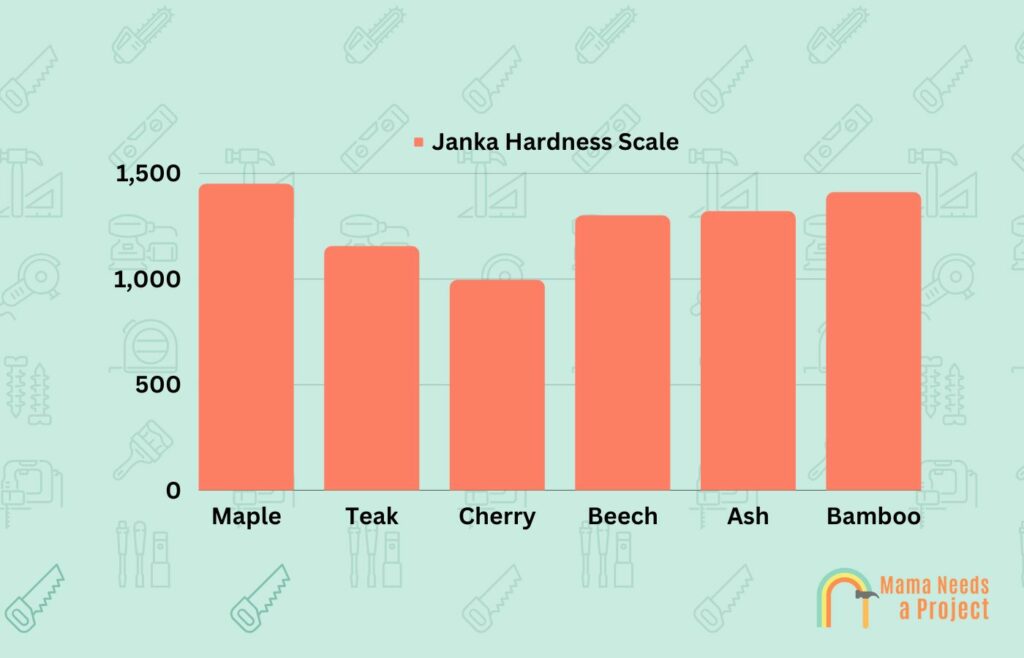
Maple is also ideal because it has small grooves and tight grains, which prevents the growth of stains, bacteria, and moisture.
Maple cutting boards are on the pricier end of the spectrum, but make for a worthy investment.
2. Teak
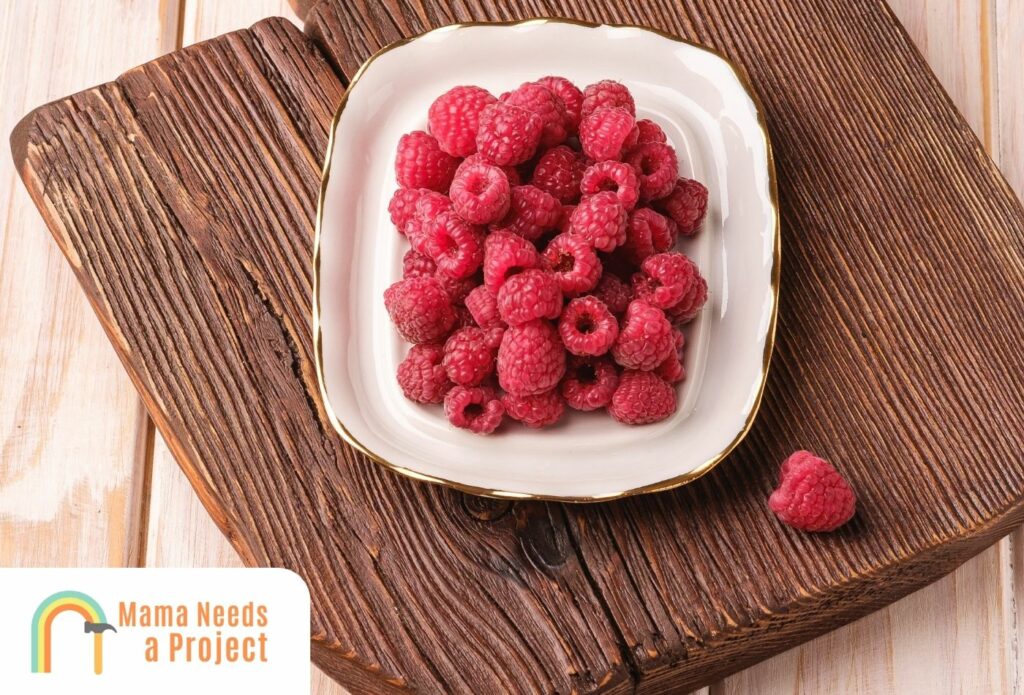
Teak is a beautiful natural wood with some really unique features. It’s one of the best woods for cutting boards, as it’s hard, tight-grained, and highly moisture-resistant.
Teak has a Janka hardness rating of 1,155 lbf, making it a little less hard than maple, but still durable.
The kicker here is that teak has such a tight grain that it resists moisture like nobody’s business. That’s why you’ll often find teak used in boat fixtures and outdoor furniture.
Moisture resistance is a great quality for a cutting board, as you won’t have to worry about bacteria growing in the board or water destroying it over time.
But be aware – since the grain is so tight, teak cutting boards will dull your knife much faster than other woods on this list. At least you know it won’t scratch easily!
Speaking of, its resilience to scratching, and rare ability to retain its natural oils after processing means that a teak cutting board is virtually maintenance-free.
While teak wood is a less abundant, sustainable material than maple, it has a plethora of amazing benefits that might convince you to choose it for your cutting board.
Check out this guide to learn how to clean teak wood!
3. Walnut
Walnut definitely makes the list of the best wood for cutting board projects or purchases. This type of hardwood, particularly black walnut, is very readily available in the US, and is often sold as a high-end cutting board option.
Black walnut has a Janka hardness rating of 1,010, making it the perfect hardness with a balance of reasonable upkeep and knife maintenance.
This is also a non-toxic wood that has antimicrobial properties, which is an important factor in preparing food safely and not running into any bacterial health issues.
What’s more, black walnut is an excellent choice for those who like a richer, darker wood color. Walnut has a gorgeous dark brown color that comes in many gorgeous tones. It makes for an excellent accent piece you won’t want to hide in your cabinet!
Walnut is not quite as wear-resistant as teak is, so you’ll want to clean it regularly and apply a food-grade mineral oil once a month.
Mineral oil is the best oil for wood cutting board, and luckily it’s also inexpensive. Spread the oil over the entire cutting board with a brush, then let it soak in and dry.
4. Cherry
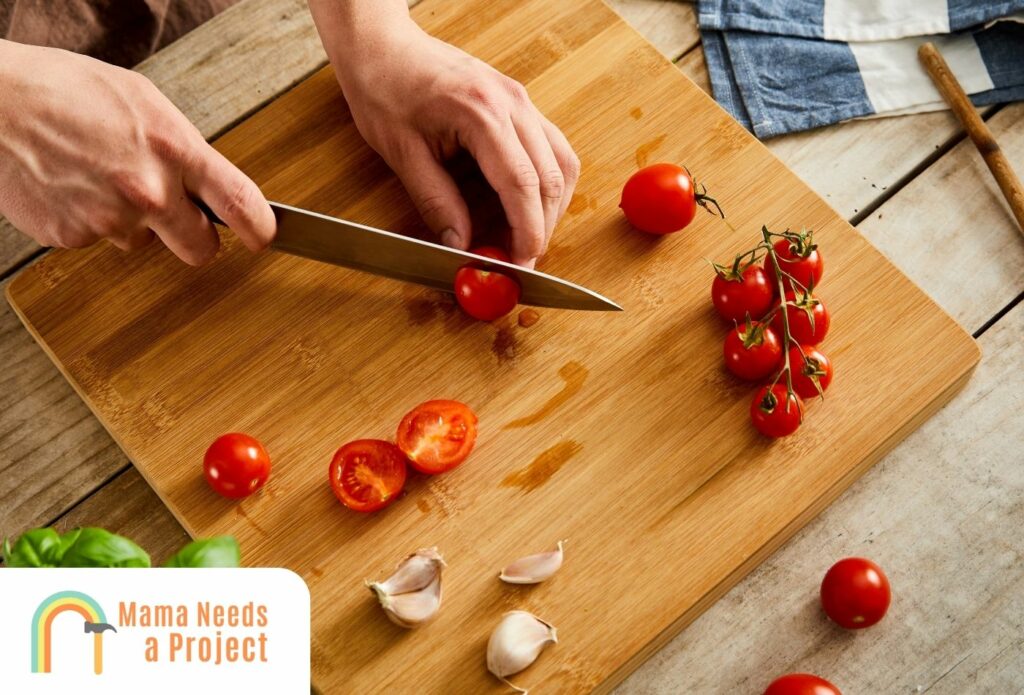
Next up is cherry, another great choice of wood for a cutting board. Cherry is a relatively sustainable wood, albeit a bit more expensive than others like maple, with an absolutely gorgeous combination of colors in its grain.
It has a richer red-brown color that’s to die for. It ages beautifully too, and makes for a nice kitchen countertop accent piece.
Cherry has a Janka hardness rating of 995 lbf, making it the “softest” hardwood on our list. But don’t worry! It’s hard enough to make for a durable cutting board, while soft enough to be gentle on your quality knife set.
As a fruit-bearing tree, cherry is yet another toxin-free wood option, making it safe for food prep.
The only thing to keep in mind is that since cherry is on the softer side, it will show cuts and dings a bit faster than other options. Just be diligent about maintenance, and you’ll be good to go!
5. Beech
Beech is a classic go-to wood for so many different types of woodworking projects, from furniture to carvings and more (beech even makes a great workbench!).
American beech trees grow throughout the world, making this an accessible and fairly sustainable cutting board material. And it’s more affordable than many of the other options on the market.
Beech also has a really nice finish, with unique grain patterns and a lovely lighter-brown creamy color. If you like the look of maple pieces, you’ll probably love beech too.
Beech has a Janka hardness rating of 1,300 lbf, which makes it a really hard wood. Because of this, cutting boards made of beech will be very durable and resilient.
Beech also has a really small-pored surface with a tight grain, making it highly resistant to moisture. Which, again, is what we want in a food-safe cutting board!
Just keep in mind, due to its high density, beech items can be heavy, and may dull your knives faster. But its antimicrobial properties definitely make the tradeoffs worth it.
6. Ash
Ash is among the best wood for cutting board options for so many reasons, especially its affordability and durability.
The ash tree species can be found in abundance in Europe, Asia, and North America. In the US in particular, white ash is readily available. Because of this, ash is a very affordable wood to purchase, whether in its raw form, or as a cutting board!
Ash has a Janka hardness rating of 1,320 lbf, making it a really hard and thus durable material for cutting boards.
Aside from affordability, ash has a nice light-tan to medium brown town color, with darker brown streaks. Because it’s ring-porous, it has nice swirls in its grain colors.
Finally, ash is very much food-safe and toxin-free. The only caveat with ash is that since it’s ring-porous with more open pores, it’s not as resistant to moisture and bacteria. The slightly looser grain may allow more bacteria to sneak into crevices.
But don’t let that scare you off! If you choose ash, you’ll just need to be on top of cleaning it, and applying food-grade mineral oil at least once a month.
7. Bamboo
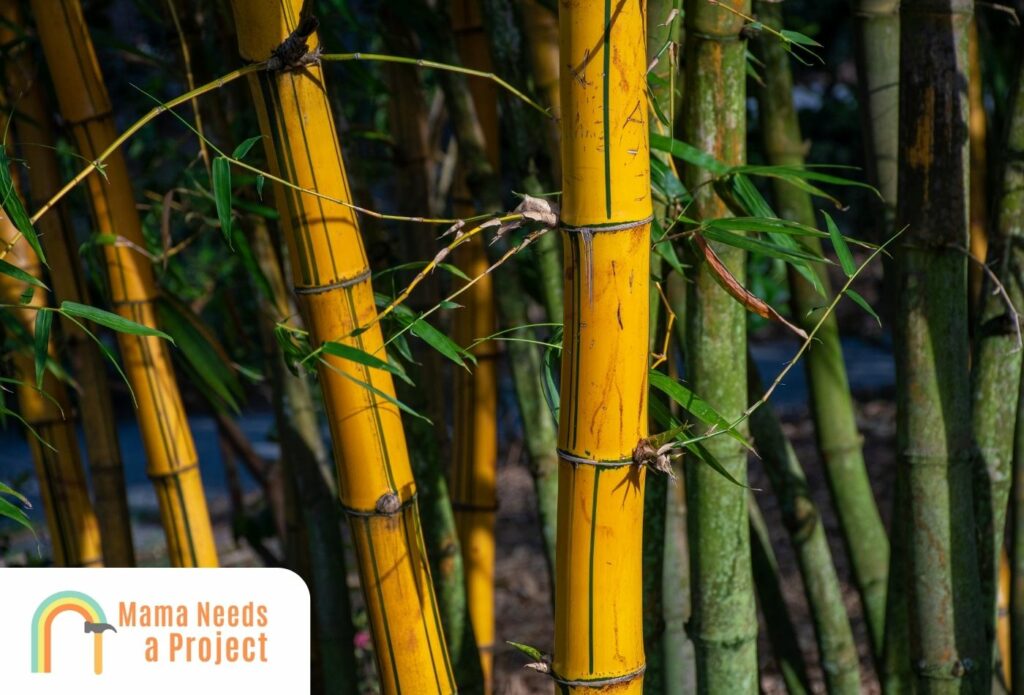
Our best wood for cutting board list wouldn’t be complete without mentioning bamboo! I know, I know. It’s not technically a wood.
But it shares so many similar properties to woods like maple and walnut, that I had to throw it in there. Plus, it has some bonus benefits.
Bamboo is technically a grass. But since it grows much faster than trees, it’s a super eco-friendly and sustainable material.
Bamboo itself is dense, but lightweight at the same time, with a Janka hardness rating of 1,410 lbf. This makes for a durable cutting board you can navigate easily.
Bamboo cutting boards are easy to clean, affordable, don’t weigh much, and offer that organic, natural aesthetic for those who prefer it.
Bamboo is fairly water-resistant, but it doesn’t have the lowest porosity out there. Because of this, you’ll just want to make sure you clean it and apply a food-safe oil regularly.
But there’s no denying how fantastic bamboo is as a sustainable material, with eco-friendly and affordability factors that help you and the planet in the process.
What Wood Not to Use for Cutting Board
Softwoods
Of course we love softwoods like pine, cedar, spruce, and fir for certain projects. But when it comes to cutting boards, we have to say nay. Softwoods simply don’t make for high quality or food-safe cutting boards.
For one, softwoods won’t be able to withstand the repetitive cutting, slicing, and chopping of your knife, and will quickly wear out and ding up. They also splinter and crack easily.
The other reason to avoid softwood-based cutting boards is the fact that many of them have looser grains, with open pores and crevices. This can be very unsafe for food-prep, as particles can seep into the wood and foster bacteria harmful to your health.
You’ll want to avoid cutting boards made from any of these:
- Cedar
- Pine
- Fir
- Oak
- Balsa
Toxic woods
It’s pretty obvious that you’d want to avoid toxic woods for your cutting board. But it’s harder to know what woods are actually toxic when they come into contact with your food.
One good rule of thumb you can use is to stick to woods that produce edible fruits, leaves, sap, and nuts. These are, for the most part, food-safe.
It’s with the more “exotic” woods where you start running into trouble. Here is a list of wood not to use for cutting board material, which contain toxins that can leach into your food:
- Pine
- Birch
- Western red cedar
- Rosewoods
- Purpleheart
Want some help creating your own wooden cutting board? Check out the video below!
What to Consider When Choosing a Wood for Cutting Boards
Durability (Janka Hardness Scale)
There are a few key factors to consider when choosing cutting board wood. One of the most important is the durability of the wood (hardness).
A wood is generally more durable when it’s harder, and luckily we have a nice metric system of categorizing a wood’s hardness called the Janka Hardness Scale.
This rating system is measured in pounds-force, or lbf. The higher the rating on the Janka scale, the harder the wood. For cutting boards, we want to look for woods with a Janka hardness rating of about 995 lbf to 1,500 lbf.
This will be a good indicator that the wood is durable, resilient to wear-and-tear, and less damage-prone for a piece that lasts a long time.
Because wooden grain cutting boards are put through a tremendous amount of stress, you’ll want to avoid soft woods that can’t withstand a sharp knife’s edge quite as well.
Water Resistance
Another crucial factor in determining the best wood for cutting board is the water resistance, or porosity of the wood.
The porosity of something is the degree to which something has small holes or spaces that can absorb air or liquid.
The key to a quality, food-safe cutting board is finding woods that are close-grained with really small pores that prevent liquid or bacteria from seeping in.
Too much moisture entering the wood will eventually cause warping, stains, and mold or bacterial growth. Which we obviously don’t want, with food coming into contact with your board!
Food safety is especially important when dealing with wooden cutting boards and some wood species are better at preventing bacteria than others.
Color and Appearance
This is all about your personal style and tastes. Is there a cohesive aesthetic to your kitchen ware?
Do you prefer that eco-friendly look, with all light bamboo utensils? Consider a bamboo cutting board or maple cutting board.
But if you want a richer appearance with more dimension, or that “aged” look, opt for a cherry or walnut. Some people love Purpleheart for its beautiful dark purple color, but it comes with a risk of toxins leaching into food.
You can also choose your cutting board based on the appearance of its grain patterns. Consider the end-grain versus edge-grain look.
Edge-grain cutting boards have that cohesive striped appearance, while end-grain cutting boards have more of a checkerboard appearance. Both have their pros and cons – just be wary of end-grain, as it may promote bacterial growth a bit easier than edge-grain.
Maintenance and Upkeep
Maintenance and upkeep is another important thing to consider when selecting the best wood for cutting board making or purchasing. How ready and willing are you to maintain your cutting board?
Certain woods will require more frequent washing and oil application to keep in good condition, like ash and cherry. And some will be lower-maintenance, like teak.
You also want to think about your knife set, and how much upkeep will be required for it. The hardest woods will dull your knives faster, which will require more frequent sharpening.
But on the flip side, the softer woods will get scratched by your knives more easily. So it really is going to come down to what type of maintenance you’re willing to deal with.
FAQs
What wood is best for cutting boards?
The wood that’s best for cutting boards will be a hardwood, with low porosity and a tight grain. Woods like these include maple, beech, ash, walnut, cherry, and teak.
Bamboo also makes for a great cutting board material, although it’s technically a grass. This option is very affordable, looks natural and organic, and has low porosity that’s resistant to absorbing moisture and warping.
What is the most sanitary wood cutting board?
Teak, maple, beech, and bamboo are all sanitary wood materials for a cutting board. Look for woods that are tight-grained with low porosity, which will help prevent bacteria and mold growth. A good cutting board should be sanitary, so give one of these woods a shot.
Is bamboo good for cutting boards?
While not technically a wood, bamboo is a great, eco-friendly choice for a cutting board. It’s durable and stable, lightweight, and water-resistant. The USDA even recommends it as a safe, sanitary cutting board option. It’s typically a better option than most plastic cutting boards.
Final Thoughts
Wooden cutting boards are a beautiful and functional kitchen essential that
You want it to look beautiful, hold up well overtime, be safe for your health, all while not requiring too much upkeep. What kind of magical woods could possibly offer all that?
Firstly, a good rule of thumb is to focus primarily on the hardness of the wood. Unlike your first wood carving project, in this case the harder the wood, the better!
When finding the best option for creating wood cutting boards and butcher block projects or purchases, you want the Janka hardness rating to be on the higher end of the scale. Woods like maple, teak, and walnut have high Janka hardness ratings, meaning they’re very durable and resistant to getting scratched up and chipped.
Another important quality is a tight grain, which prevents moisture and bacteria from seeping into the nooks and crannies. That’s why cherry, beech, ash, and bamboo are all great options for cutting boards as well.
You also want to avoid toxin-free woods and softwoods, which means Purpleheart, pine, and cedar are out.
All in all, you can’t really go wrong with any of the woods we’ve selected here. So head out to your local woodworking business or furniture store, and grab yourself a beautiful wooden cutting board.
Or if you’re feeling ambitious, learn how to make a cutting board yourself and start a money-making side hustle as a woodworker!
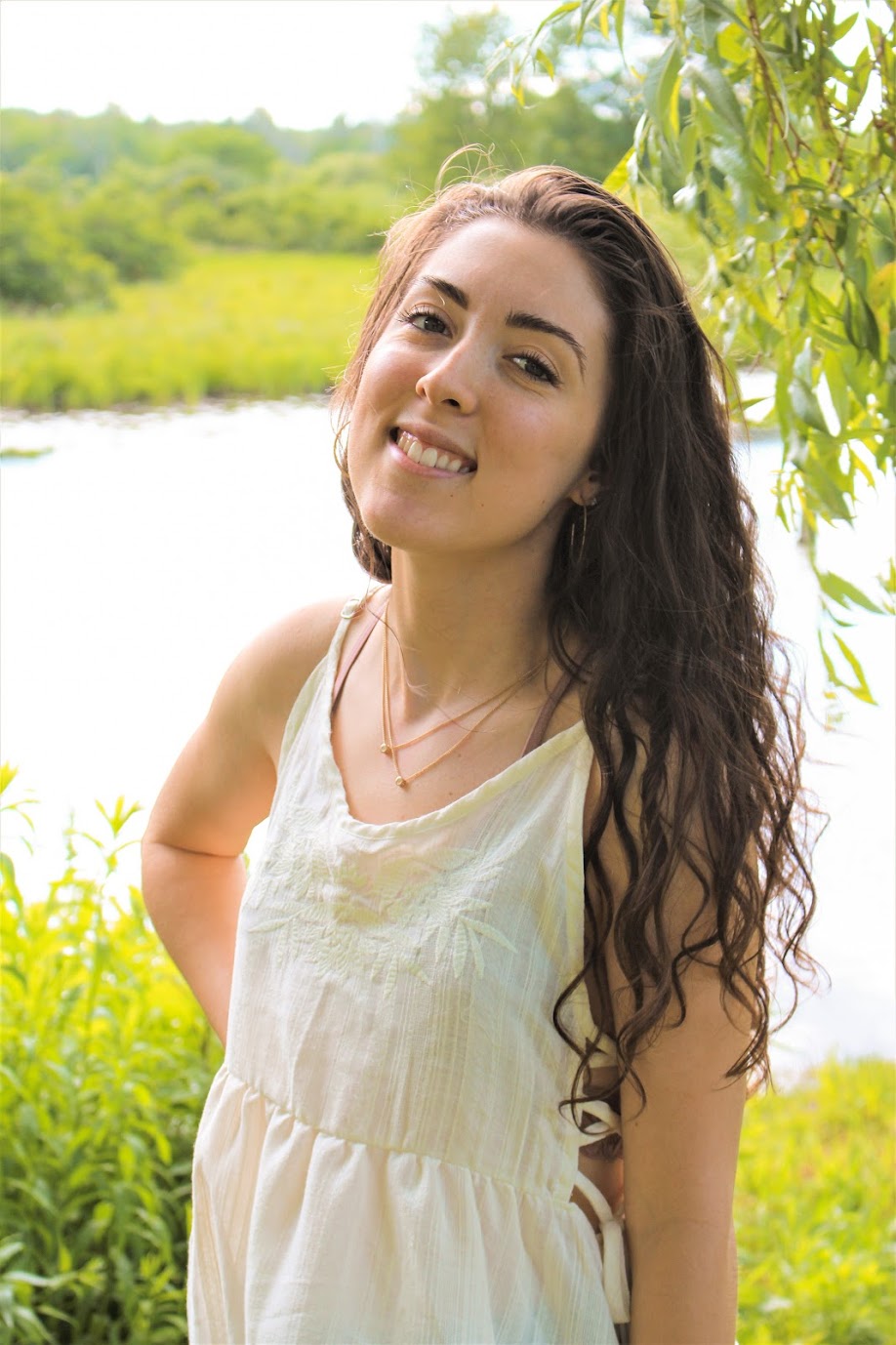
Jessica Vaillancourt is a freelance writer and blogger obsessed with the Travel, Wellness, and Personal Development industries.
She has 5+ years of experience helping human-first agencies, global companies, and entrepreneurs crush their content marketing goals, and serve more people. Jessica’s work has appeared on leading websites like UpgradedHome.com, BetterHelp.com, and TheDiaryofaNomad.com.
Today, her sole focus (besides finding the world’s best coffee shop) is writing to serve humans, and slow traveling abroad to expand her mind. You can get to know her work at JessAnneWriting.com.

